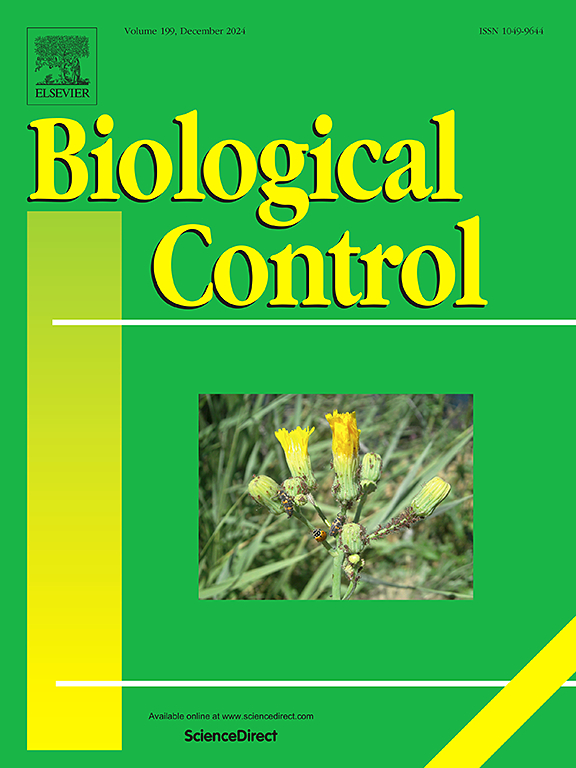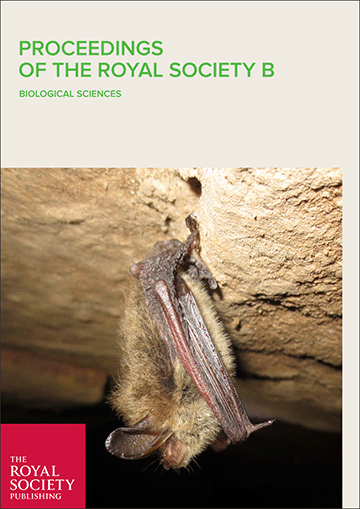Interpreting morphological variability in terms of species delimitation can be challenging. However, correcting species delineation can have strong implications for the sustainable management of exploited species. Up to now, species delimitation between two putative timber species from African forests, Entandrophragma congoense and E. angolense, remained unclear. To investigate their differences, we applied an integrated approach which combines morphological traits and genetic markers. We defined 13 morphological characters from 81 herbarium specimens and developed 15 new polymorphic microsatellite markers to genotype 305 samples (herbarium samples and specimens collected in the field across the species distribution ranges). Principal component analysis (PCA) of morphological data and the Bayesian clustering analyses of genetic data were used to assess differentiation between putative species. These analyses support two well-differentiated groups (FST = 0.30) occurring locally in sympatry. Moreover, these two groups present distinct morphological characters at the level of the trunk, leaflets, and seeds. Our genetic markers identified few individuals (4%) that seem to be hybrids, though there is no evidence of genetic introgression from geographic patterns of genetic variation. Hence, our results provide clear support to recognize E. congoense as a species distinct from E. angolense, with a much lower genetic diversity than the latter, and that should be managed accordingly. This work highlights the power of microsatellite markers in resolving species boundaries.
DOI:
https://doi.org/10.1007/s11295-018-1277-6
Altmetric score:
Dimensions Citation Count:
























